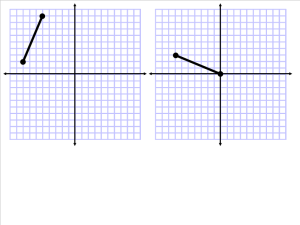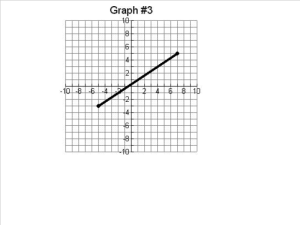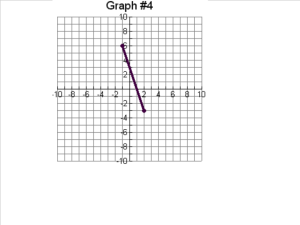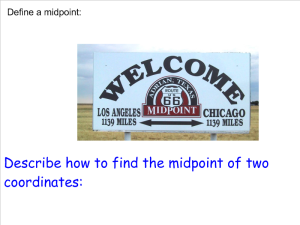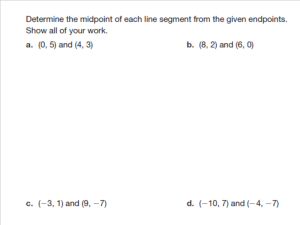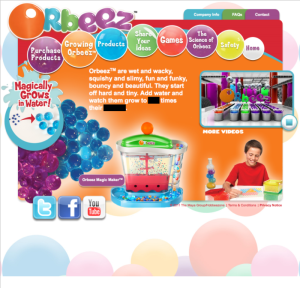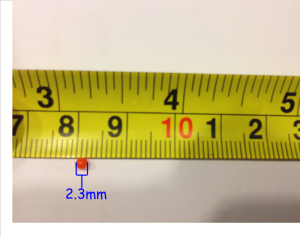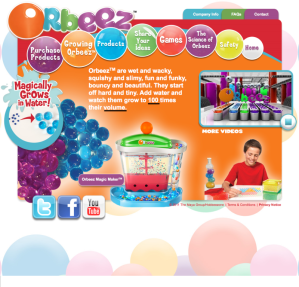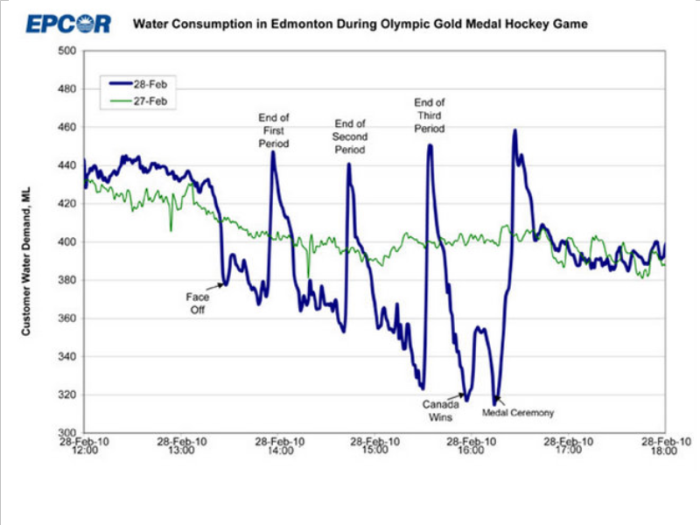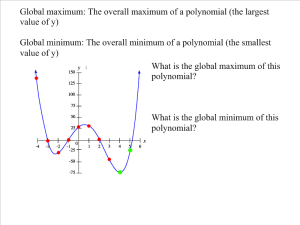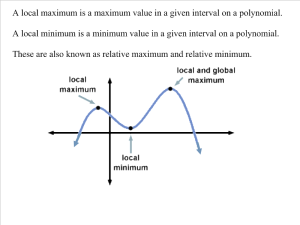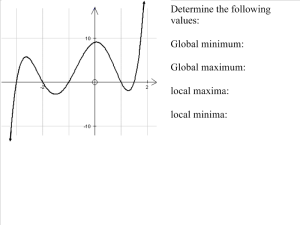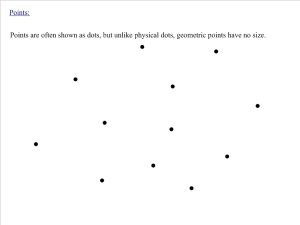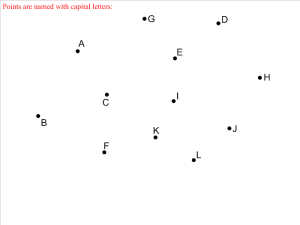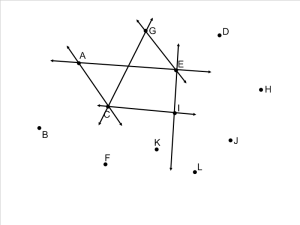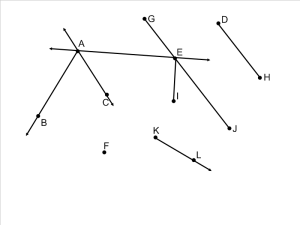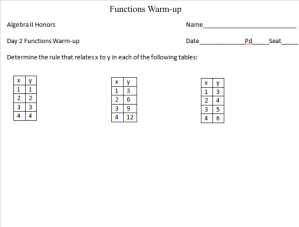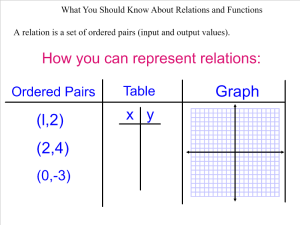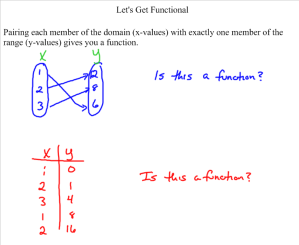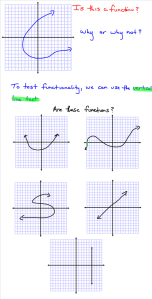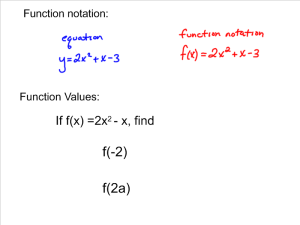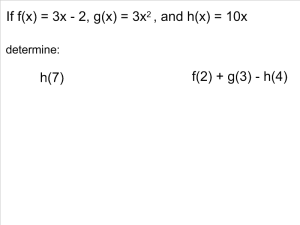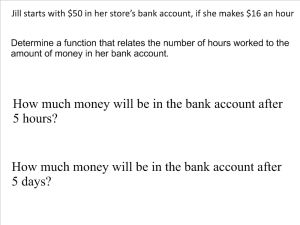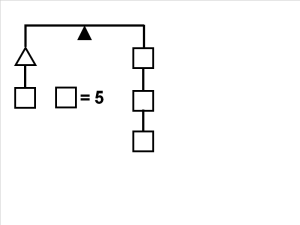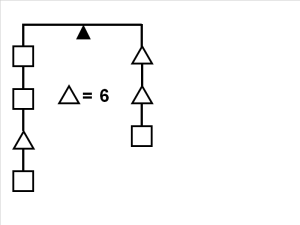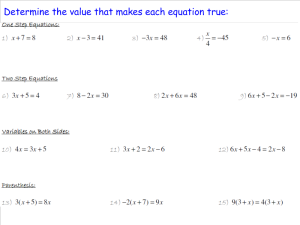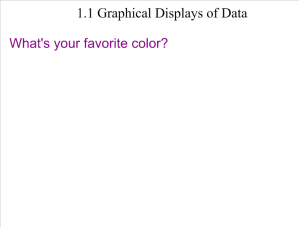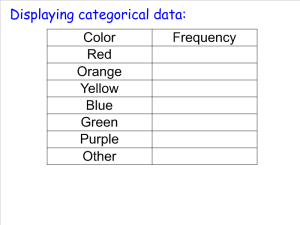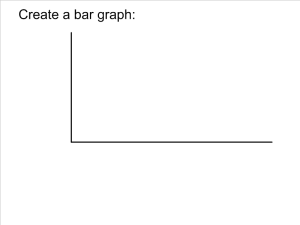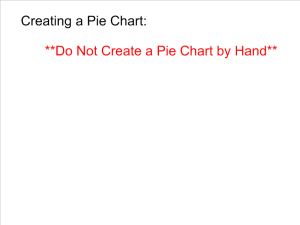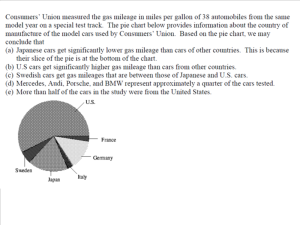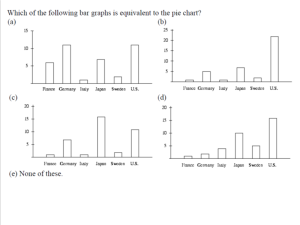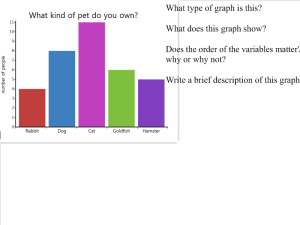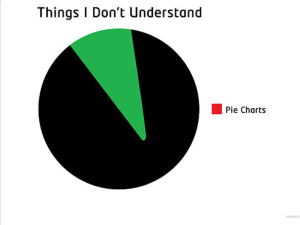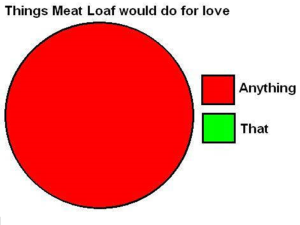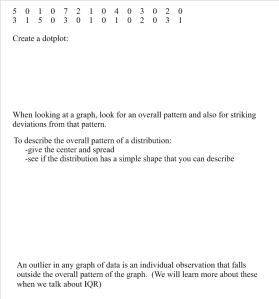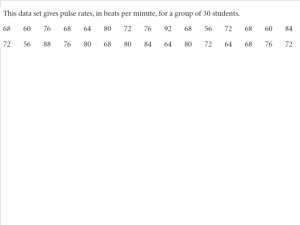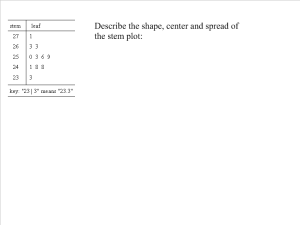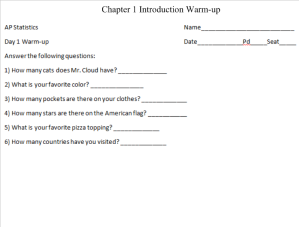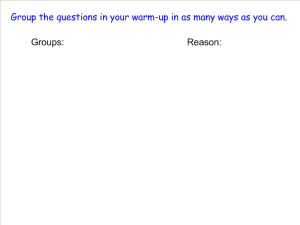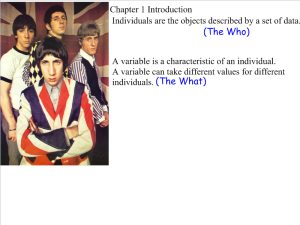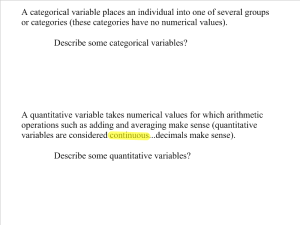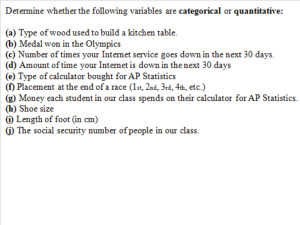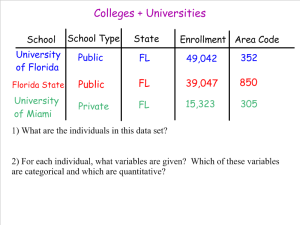One of the first lessons this coming year in Geometry will be a “review” of distance and midpoint. I’ve spent the last couple of hours trying to figure out the best way to conceptually work with both of these topics and still keep the lesson in the neighborhood of 50 minutes. I’m stuck somewhere between treating this as a review of material I know my students have seen in the past and going full-on inquiry based learning. I’m leaning towards expecting them to need a reminder about from where distance and midpoint formulas come. I am using this lesson to create situations where there is a need for distance and midpoint.
I need to make sure I have my students focus on distance and midpoint on the coordinate plane. To me, the first step is create a need for the coordinate plane. I’ll open with lesson with a subway map of New York City:

Then, I’ll focus my students to a question:

I want them to guess. I want an argument based on what they think they know. I want them to say “it looks like…” and “what’s the scale?” Then, I hope someone finally asks for a way to determine the scaling (I’ll bet they won’t use the term “scale” but whatever works).
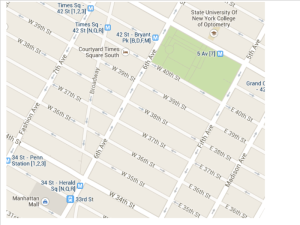
Now they can use the length of a block as the unit of measure. But the streets and avenues aren’t equally spaced! I guess they’ll have to come up with a conversion! I expect some students to remember distance, or that there’s a formula for it. That’s not the purpose of the map. I want them to see how much easier it is to estimate with a grid. Now we have a reason for the coordinate plane!
So we’ll start working on a distance formula:

We’ll work with the Pythagorean Theorem, figure out the process, add in the general case, and derive the distance formula. Then we’ll practice in a non-contextualized situation:

Then I’ll give them a “real life” situation that requires them to ask for a coordinate plane:
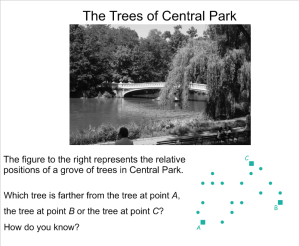
and once they ask:
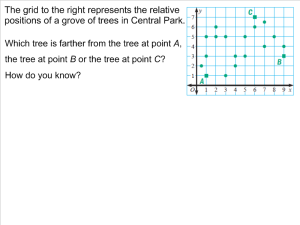
For part two of the lesson, we’ll focus on midpoint. I’ll give my student the following four graphs:

The only direction I’ll give them is to find the midpoint of each of the line segments. Their goal is to define the midpoint for themselves, then come up with some way to find it:
We’ll come up with a class consensus for a definition and a formula for the midpoint.
Overall, I’m not thrilled with this lesson. I think it will do its job, but I’ll keep searching for a better approach. Also, I’m expecting this lesson to last more than one class period. I really don’t see how I can expect to finish this in less than a day and half without losing the student centered approach. Thought?
